Previous staff and students have gone on to work in a range of different research and management posts across the world.

- 2025
-
Rob Bashford (Technician 2022-2025)
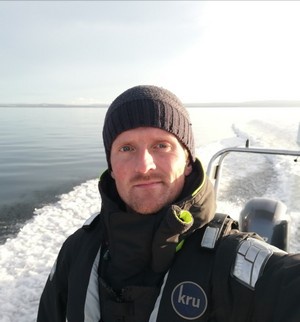
Rob joined our team as a Field Technician. He provided core technical and fieldwork support for the research activities undertaken at the Lighthouse, alongside training staff and students in first aid and marine skills.
- 2024
-
Hannah Swanson (Research Assistant 2023-2024)
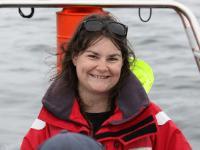
Hannah joined our team in 2023 as a Research Assistant. She assisted with a wide variety of computer and field-based support tasks for our passive acoustic monitoring and marine top predator research.
Joanna Kershaw (Lecturer 2022-2024)
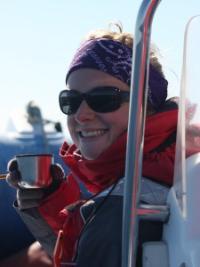
Jo joined our team in 2022 as a Lecturer in Marine Biology. Her research focuses on marine mammal physiology, health and disease.
Oihane Fernandez (PhD, Research Fellow 2015-2024)
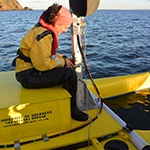
Oihane joined our team in 2015 to complete her PhD. She studied the occurrence and behaviour of marine mammals in relation to anthropogenic developments, environmental variables and prey distribution using passive and active acoustics.
- 2023
-
Virginia Iorio (Hons, PhD, Research Fellow 2017-2023)
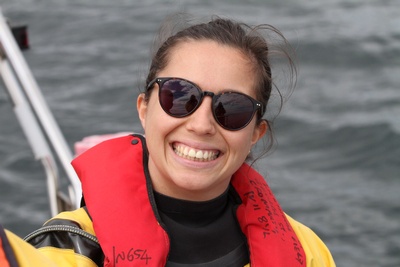
Virginia joined our team as an Honours student in 2017, completed her PhD here in 2022 and worked as a research fellow at the field station.
Isla Graham (Research Fellow 2011-2023)
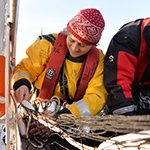
Isla joined our team in 2011 and worked on applied research to support sustainable energy developments and the conservation and management of marine mammals.
- 2021
-
Tim Barton (Fieldwork Officer 1996-2021)
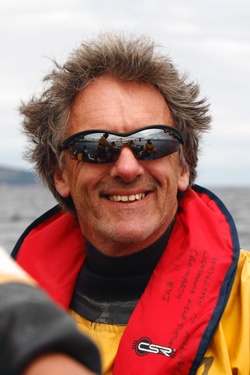
Tim joined our team in 1996 and as our Fieldwork Office provides core support and technical expertise for all our projects. Tim was also our senior boat skipper.
- 2019
-
Fiona Coyle (MSc Student 2019)
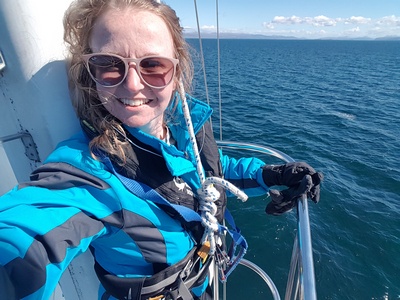
Fiona's project focussed on investigating whether there is geographical variation in the size structure of bottlenose dolphin on the east coast of Scotland. For this project Fiona followed her passion for cetacean research, using data from photo-ID surveys, collected from the Field Station and the University of St Andrews' Sea Mammal Research Unit.
- E-mail: f.coyle.18@aberdeen.ac.uk
Katie MacDonald (MSc Student 2019)
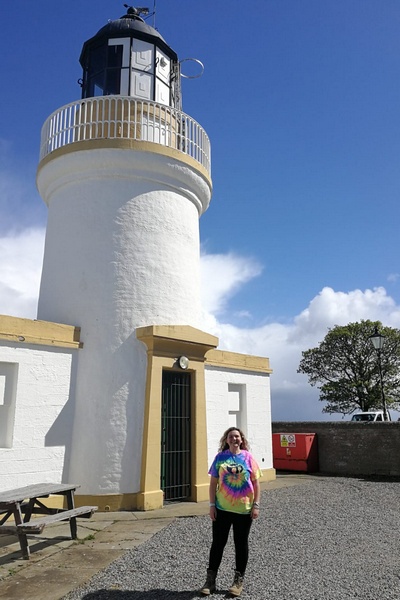
Katie's project at the Field Station investigated potential tracking biases in fulmars and harbour seals. She compared the size structure and sex ratio of harbour seals from aerial photographs taken at Loch Fleet to the size structure and sex ratio of captures in tracking studies. In fulmars, she investigated intrinsic markers from feathers that can indicate the foraging strategies of individuals, which can be compared to the foraging strategies found in tracking studies. If biases are found, it could indicate that caution should be taken when applying findings from tracking studies to whole populations.
- E-mail: k.macdonald1.18@aberdeen.ac.uk
Sherece Thompson (MSc Student 2019)
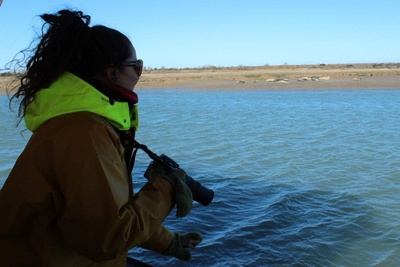
Sherece started her MSc in Marine Conservation with the University of Aberdeen in September 2018. Her project at the Field Station investigated foraging strategies of harbour seals. She was specifically interested in assessing the seals as individuals and creating categories of foraging types which conform to specific foraging characteristics. This was just a small part of the puzzle which enables scientists to better understand harbour seal ecology, thus adding accuracy to models which predict their behavioural responses. Such models are valuable management tools, especially here in the Moray Firth.
- E-mail: s.thompson.18@aberdeen.ac.uk
- 2018
-
Laura Williamson (PhD 2018)
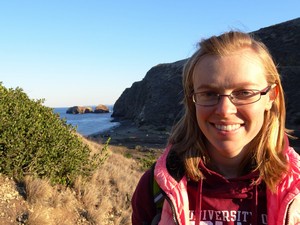
She was based at the University of Aberdeen in collaboration with the Lighthouse Field Station and Marine Scotland Science.
Her project aimed to investigate the spatio-temporal variation in harbour porpoise distribution. She performed species distribution modelling using acoustic detections from CPODs and fine-scale oceanographic data to determine fine-scale factors that influence harbour porpoise distribution and activity.
Previously, Laura also carried out her MRes at the field station where she compared different harbour porpoise survey methods to see if digital video and acoustic surveys generate reliable estimates of relative density when compared to visual surveys.
- 2017
-
Alice Lowry (MSc Student)
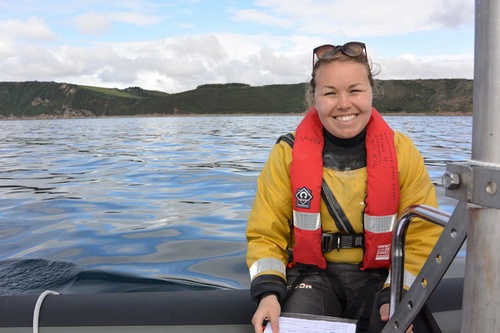
She graduated from the University of Exeter with a BSc in Conservation Biology and Ecology in 2013 and has since worked as a laboratory and ecological field assistant in the UK and on marine conservation projects in North Cyprus and the Maldives.
She was based at the field station for two months over the summer of 2017 and her project reviewed techniques for monitoring harbour seal prey abundance in key foraging areas in the Moray Firth.
- E-mail: al1268@york.ac.uk
Antoine Grissot (Intern)
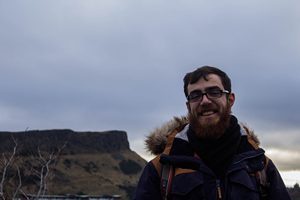
To complete his formation, he carried out a 6 months internship at the Lighthouse Field Station in 2017, working on Northern Fulmar phenology and timing of moult using geolocation data.
His interests are seabirds and marine ecology, with a focus on behaviour and sexual selection.
- Email: antoine.grissot@hotmail.fr
Daisy Burnell (MSc Student)

Her research project consisted of tagging fulmars, breeding on Eynhallow, with GPS trackers to map their foraging distributions. She hoped to identify the extent of overlap between these foraging distributions and proposed marine renewable sites off the Orkney coast.
E-mail: daisy.burnell.12@aberdeen.ac.uk
Jennifer Coxon (Honorary Research Assistant)
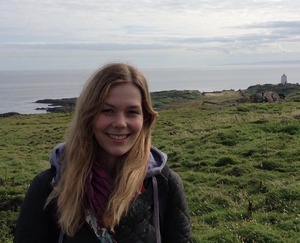
She was involved with a Royal Society funded project focusing on scientific 'Local Heroes' Hugh Miller and George Romanes, alongside assisting with the ongoing Lighthouse research programmes. Jennifer returned to the University of St Andrews in September 2017 to study for an MSc in Marine Mammal Science.
Natalie Wards (BSc 2017)
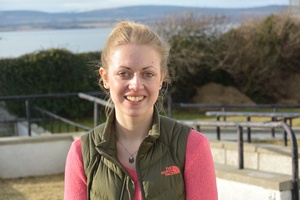
- E-mail: natalie.ward.13@aberdeen.ac.uk
Nora Höög (BSc 2017)
Nora completed her BSc in Zoology at the University and was based at the field station for her honours project as well as to gain experience working with marine mammals, during summer 2016.
Her honours project was researching whether the extent of the skin lesions on bottlenose dolphins could be an indication of the individuals' health.
- E-mail: nora.hoog.13@aberdeen.ac.uk
Saliza Bono
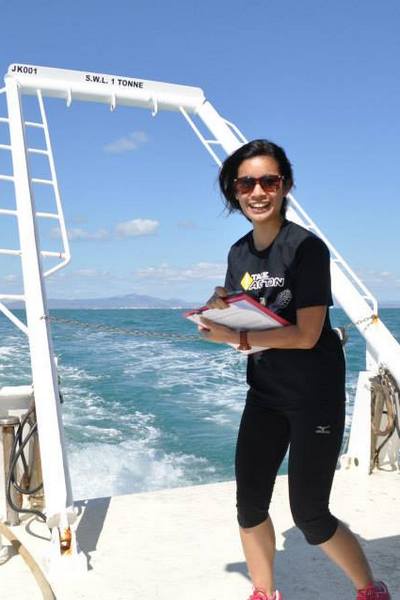
Saliza graduated from James Cook University, Australia with an undergraduate degree in Marine Science. She also volunteered in multiple organisations in the past such as the Australian Institute of Marine Science (AIMS), Murdoch University Cetacean Research Unit (MUCRU) and MareCet.
She aims to assist with the research and conservation program of the dolphin populations in her home country after she graduates.
- 2016
-
Charlotte Coxon (MSc 2016)

Her masters project focussed on the foraging distribution of GPS-tagged harbour seals in relation to offshore wind farm developments within the Moray Firth.
- 2015
-
Annabel Plumeridge (MSc 2015)
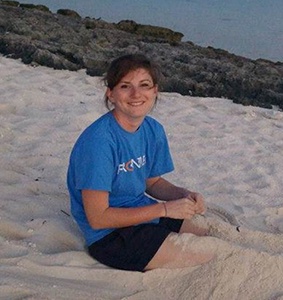
Her project focused on impacts of port and harbour development on the bottlenose dolphins in the Moray Firth SAC. She is interested in the effects of underwater noise on marine mammals and how to mitigate its impacts.
She is currently working for GoBe consultants.
- Email: ap1319@york.ac.uk
Georgia Conolly (MSc Student 2015)
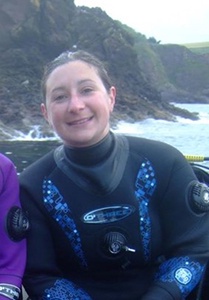
Georgia is a keen diver and is the Coordinator for Seasearch in Scotland, a national project which trains SCUBA divers to record the marine life and habitats they see on their dives around Britain.
Currently Georgia works at the RSPB
Enrico Pirotta (PhD 2015)
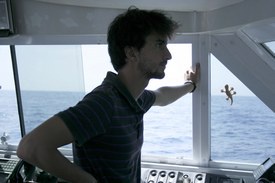
Before coming to Scotland, Enrico worked on the ecology and conservation of cetacean populations in the Mediterranean Sea. He graduated from the University of St Andrews with an MRes in Marine Mammal Science in 2010.
Currently Enrico is working for Washington State University.
- Email: pirotta.enrico@gmail.com
Ewan Edwards (PhD 2015)
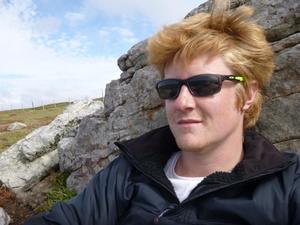
Previously, Ewan worked for the British Antarctic Survey as a Zoological Field Assistant and Winter Base Commander at Bird Island Research Station, South Georgia. He graduated from the University of St Andrews in 2007 with a degree in Marine & Environmental Biology.
Ewan currently works at Marine Scotland Science.
- Email: ewan.edwards@gov.scot
James Chapman (BSc 2015)

At the field station he worked on his Honours project "Does spoil dumping displace bottlenose dolphins in the Moray Firth SAC?".
- Email: j.chapman.12@aberdeen.ac.uk
Karen Keegan (Erasmus 2015)
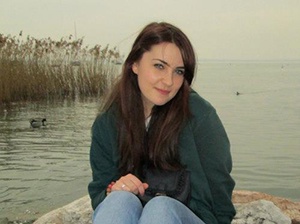
She spent 12 weeks working at the Lighthouse Field Station and took on a bottlenose dolphin photogrammetry project contributing to the final year of her BSc. She hopes to pursue an MSc in a related field after she completes her undergraduate degree.
- Email: karenkeegan2@hotmail.com
- 2014
-
Eileen Hesse (MSc 2014)
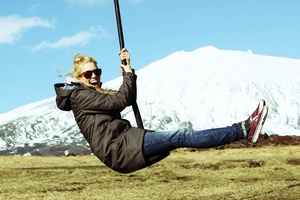
- E-mail: eileen.hesse.13@abderdeen.ac.uk
Jessica Wingfield (MRes 2014)
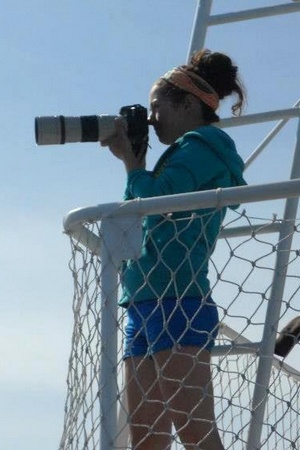
Jessica currently works for Fisheries and Oceans Canada where she monitors the coastal underwater soundscapes at various locations around Nova Scotia, Canada for the presence of baleen whales and anthropogenic noise using passive acoustic recorders.
- E-mail: jessica.wingfield@dfo-mpo.gc.ca
Mariel ten Doeschate (Msc 2014)
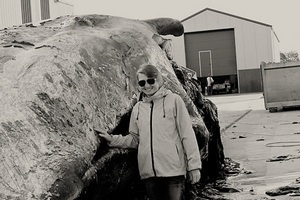
Her project focused on spatial and temporal variability in stranding patterns and occurrence of cetaceans along the east coast of Scotland.
Mariel is now based in Inverness and working for the Scottish Marine Animal Stranding Scheme (http://www.strandings.org/ ).
- E-mail: m.tendoeschate.13@aberdeen.ac.uk
Sarah Chapman
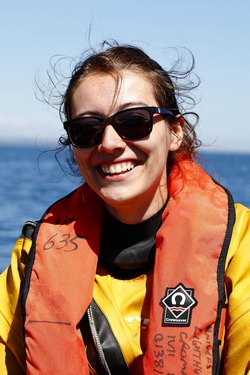
Sarah graduated from Southampton University with a BSc Environmental Science degree in 2012 and has since spent her time gaining experience in conservation organisations.
For the last year, she has worked for the British Antarctic Survey as a Marine Data Assistant to create an archive of marine metadata from scientific research cruises for the last 20 years.
- E-mail: smc3g09@googlemail.com
- 2013
-
Saskia Wischnewski (BSc 2013)
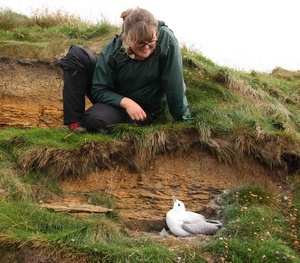
- 2012
-
Lucy Quinn (PhD 2012)
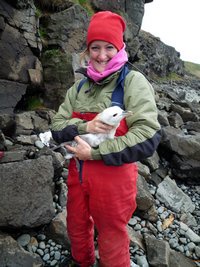
Lucy's PhD took her to Orkney, Ireland and Iceland. She is now headed south to Bird Island, where she will spend the next two Antarctic summers working as a seabird ecologist for British Antarctic Survey (http://www.antarctica.ac.uk/ ).
- Email: lucy.r.quinn@abdn.ac.uk
Holly Fearnbach (PhD 2012)
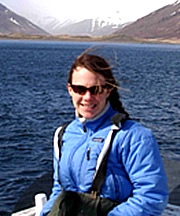
She continues to work on cetacean demography with NOAA in San Diego.
Rachael Plunkett
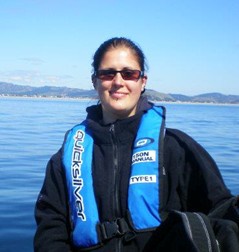
She is now a Project Scientist at SMRU Consulting.
Siân Tarrant
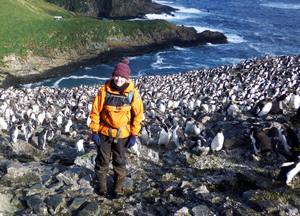
Siân volunteered with the Lighthouse on Eynhallow in 2012. She graduated from the University of St Andrews with a degree in Marine Biology in 2013 and has since worked on a number of pinniped research projects in Scotland, the sub-Antarctic and South America.
Tessa Van Heumen
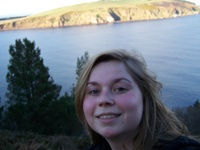
While in Cromarty, she carried out a research project using passive acoustic monitoring (PODs) to investigate the seasonal occurrence of bottlenose dolphins and harbour porpoises in the Moray Firth.
- E-mail: tessavanheumen@gmail.com
- 2011
-
Line Cordes (MSc 2007, PhD 2011)

Her research interests centre around the application of long-term individual-based studies in assessing the impacts of environmental variation and anthropogenic activities on population dynamics.
On finishing her PhD Line began a post-doc involved in analysis of acoustic data on a large-scale project looking at the impact of seismic surveys on cetaceans in the Moray Firth.
Line is now a visiting researcher at the Department of Fish and Wildlife at Colorado State University. She is writing up her PhD for publication and helping with a few projects in Colorado.
She is still involved at the Lighthouse and the long-term collection of individual-based data of harbour seals in order to investigate temporal trends in survival and fecundity.
- Email: line_cordes@hotmail.com
